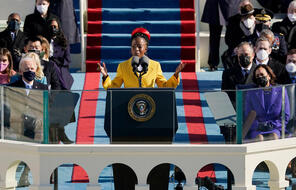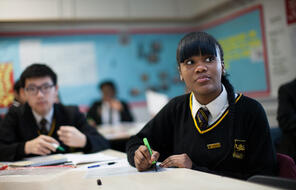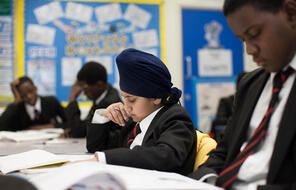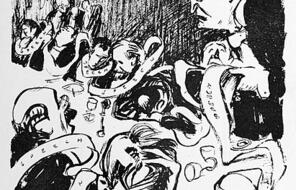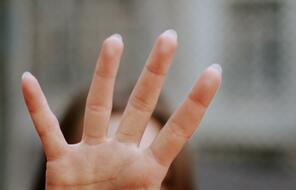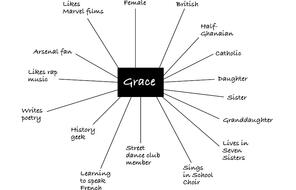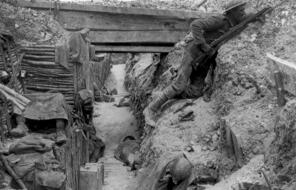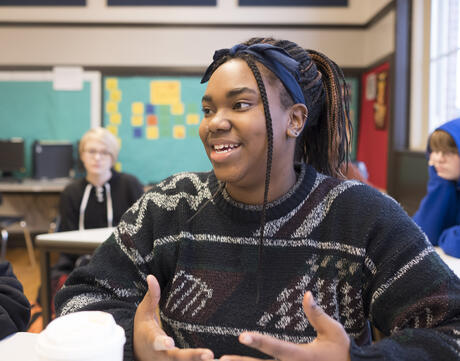
How to Bring Spoken Word Poetry into the Classroom
At a Glance
Language
English — USSubject
- English & Language Arts
Grade
6–12- Democracy & Civic Engagement
Overview
About This Mini-Lesson
Since poetry slams gained in popularity in the 1990s, youth from around the world have competed individually and in teams in local, national, and international spoken word tournaments. “Contain[ing] elements of rap, hip-hop, storytelling, theater, jazz, rock, blues, and folk music [and] characterized by rhyme, repetition, improvisation, and word play,” 1 spoken word poetry is meant to be performed, heard, and experienced. Since the first poetry slam in a Chicago jazz club in 1986, the genre has provided youth with a creative and impactful way to explore issues of identity, belonging, prejudice, gender, social justice, and race.
As we continue to celebrate National Poetry Month this April, the following teaching ideas can help bring spoken word poetry into your classroom to help students raise their voices to make personal, social, and political statements about the issues that impact their lives and communities.
- 1“Spoken Word,” Glossary of Poetic Terms, Poetry Foundation, accessed April 9, 2017.
Activities
Activities
Materials and Downloads
Resources from Other Organizations
Unlimited Access to Learning. More Added Every Month.
Facing History & Ourselves is designed for educators who want to help students explore identity, think critically, grow emotionally, act ethically, and participate in civic life. It’s hard work, so we’ve developed some go-to professional learning opportunities to help you along the way.
Exploring ELA Text Selection with Julia Torres
On-Demand

Working for Justice, Equity and Civic Agency in Our Schools: A Conversation with Clint Smith
On-Demand

Centering Student Voices to Build Community and Agency
On-Demand


